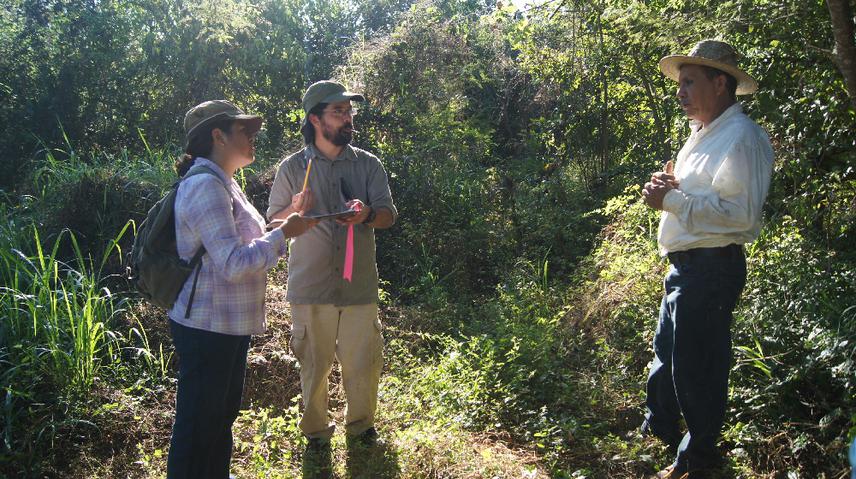Francisco Mora Ardila
Other projects
16 Jun 2016
Participatory Identification of Tropical Dry Forest Management Alternatives for Livestock Production and Forest Conservation in the Chamela Region, Mexico
The project aims to evaluate the structure, diversity, presence of endemics, and value of use of plant communities in primary and secondary forests managed for multiple purposes.
Tropical dry forest in the Chamela-Cuixmala region (Mexican Pacific Coast) is one of the most biodiverse in the world and is currently partially protected under UNESCO Biosphere Reserve status. Nonetheless, buffer and adjacent areas have been subjected during the last four decades to use and transformation by local communities, mainly through deforestation for pasture establishment but also trough forest degradation. As a result, a complex matrix composed of primary forests, secondary forests, and pasture patches has become a common feature at the landscape level. The increased extension of pasture and secondary forests units seems to threat the conservation of biological diversity at the landscape level, and the diversity of environmental services those areas provide. However, the actual conservation value of neither these landscapes nor their component units is known.

Management interviews.
This project aims to evaluate the conservation value of landscape units subjected to different and commonly multiple management activities. The project will be conducted in three local communities (Los Ranchitos, Jose María Morelos and Juan Gil Preciado). First, landscape units at a property-scale will be defined and mapped using a participatory approach. Recent satellite imagery and field surveys with landowners will let us define the spatial delimitation of the units. Then, forest measurements (DBH, height and identity of trees) will be done in each unit. Direct interviews during field surveys and forest measurements will let us characterize the history of use of the units in each property. Conservation value will be assessed through the characterization of forest structure, plant diversity, presence of endemic plants, and the value of use of the species present at each location. Finally, workshops will be held in each community to generate an open discussion about our findings on the management activities and its association to the conservation value, but also for assessing the interest of local communities in engaging in strategies of forest conservation or alternative management.
The main expected outputs of the project will be: 1) a characterization of the management regime at the property scale, 2) an evaluation of the conservation value of different landscape units and its relation to the history of use of the sites, and 3) a sensitization of local communities about the role their lands play in conserving diversity, and about possible future scenarios of management intended to increase conservation. We expect our results can provide baseline scenarios for the establishment of alternative management activities.